法国HYDROPTIC公司——UVP水下颗粒物和浮游动物图像原位采集系统
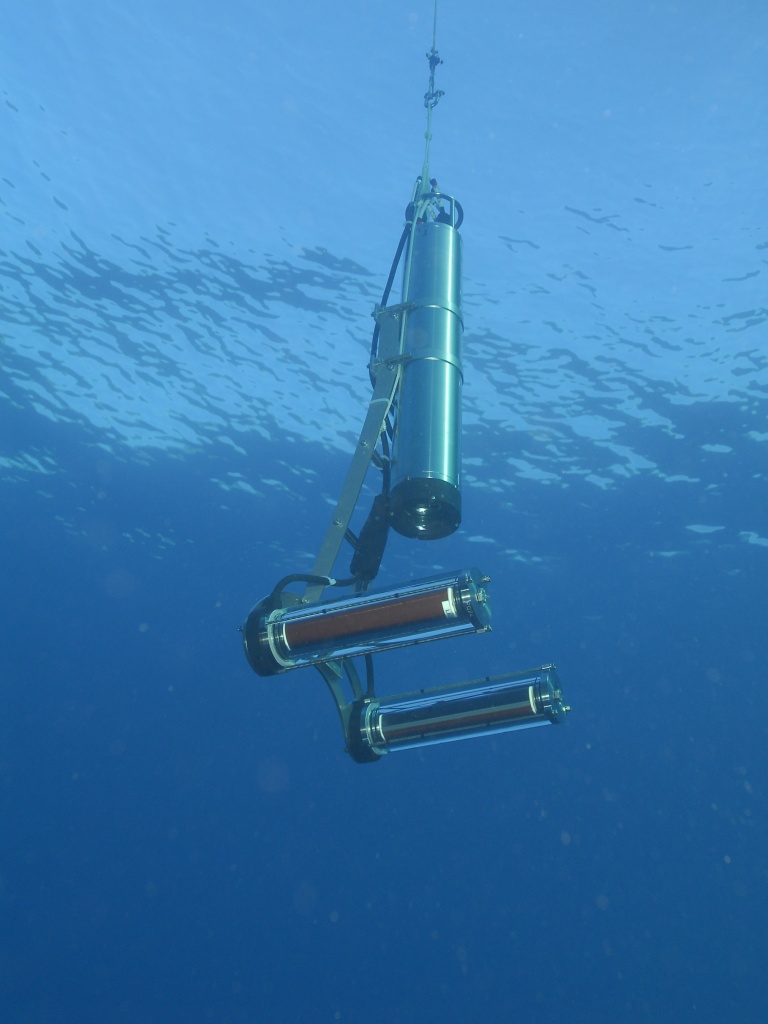
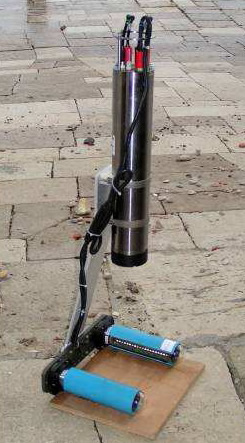
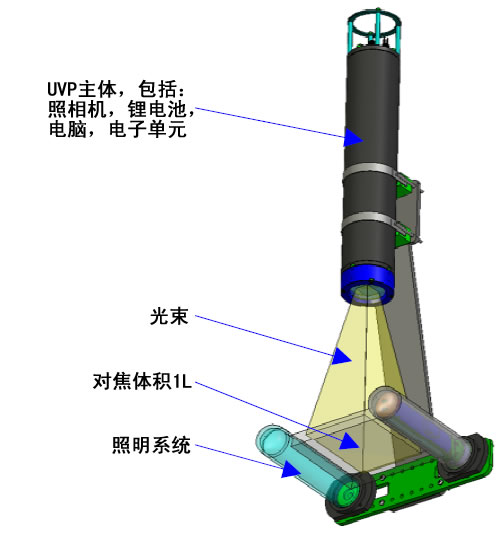
UVP水下颗粒物和浮游动物图像原位采集系统主要用来研究大型(>100 μm)颗粒物和浮游动物,可以对水中颗粒物和浮游动物进行量化。UVP系统用传统的照明设备和经电脑←处理的光学技术,来获得浮游动物原位数字图→像,最大操作深度▲达6000m。
UVP能拍摄到LED闪光灯照射范围内对准焦距的清晰的浮游动物图像。光束照明区域中对焦体积为4x20cm3,这就使得每张图像测样体积为1L。当与传统的CTD测量设备相连时,颗粒物和浮游动⊙物的分布就可以实时显示,并与CTD元数』据整合到一起。 UVP拍摄到的高分辨率数字图像可以在后期通过电脑进行处理分析。
UVP主机构成▽图:
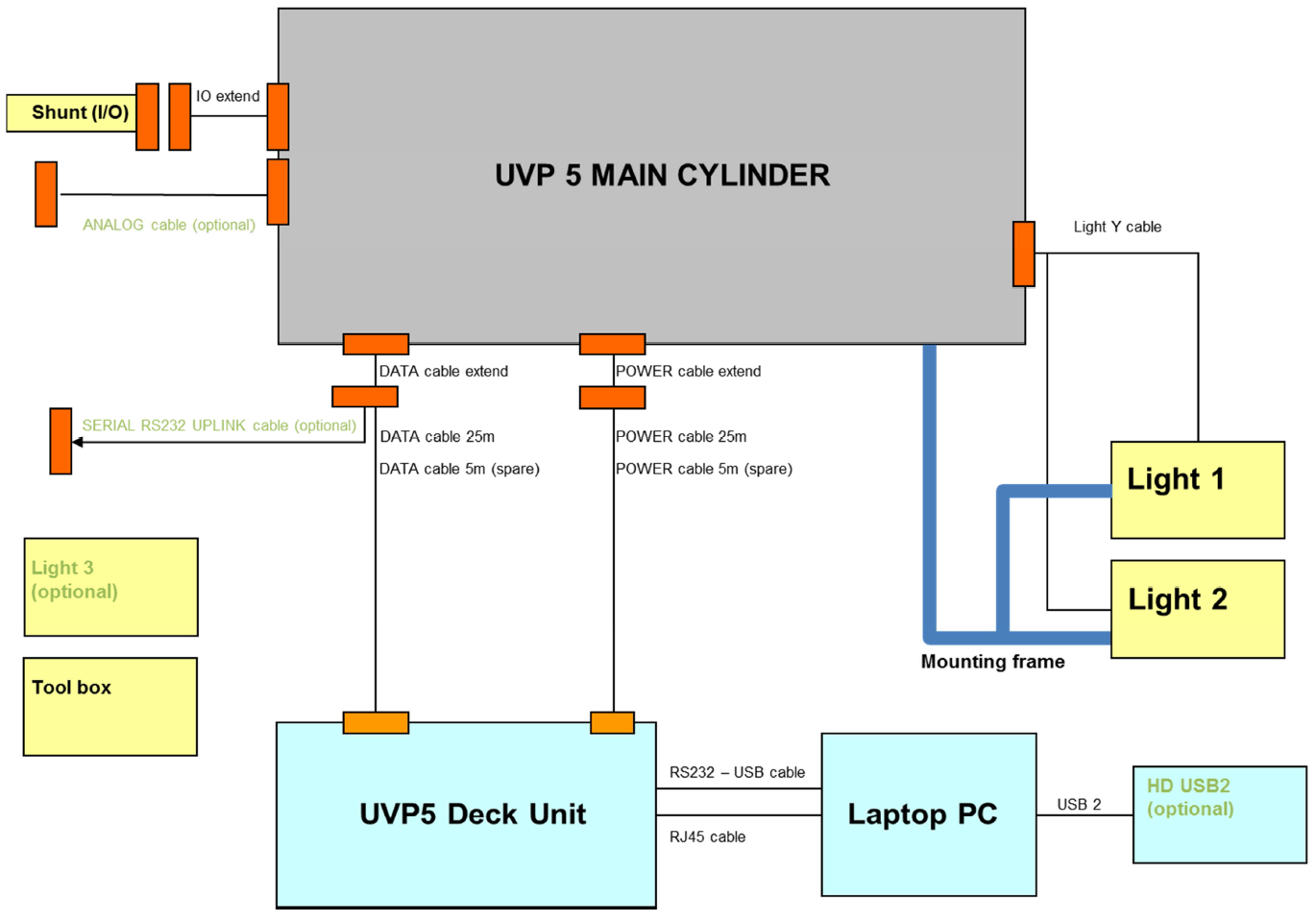
突出特点:
◇对浮游动物和颗粒物进行垂直剖面观测
◇对作业水体环境无特殊要求
◇最▂大工作深度6000米
◇对焦体积1.02升,信息量大
◇高分辨率的浮游动物图像(1024×1024像素)
◇与CTD采水器集成使用々,能获取各种环境参数
◇红色LED灯,不影响生物形态和活动
◇开放式系︼统使得图像更具代表性
◇有国内数√据库及全球数据库共享平台支撑
◇可依据用户要求定◢制
主要应用:
浮游动物和颗粒物剖面观测
浮游动物图像颗粒物图像原位ξ采集
集成到CTD采水器上进行颗粒物和浮游动物图像实Ψ时采集,跟CTD数据整合到一起
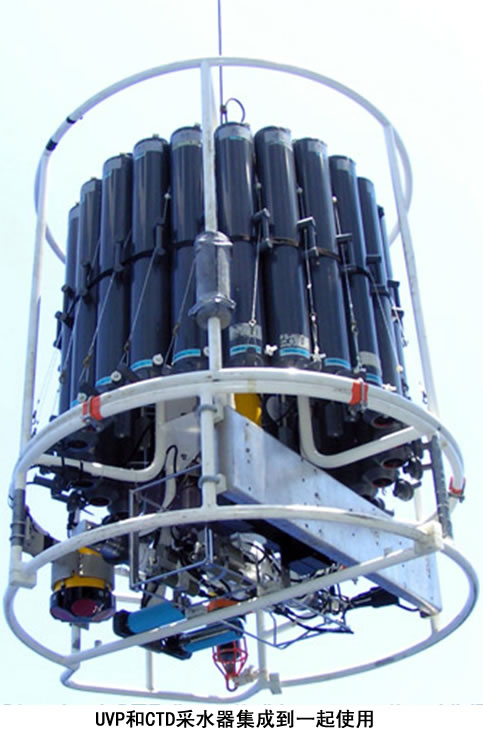
UVP规格:
工作深度:0-6000m
UVP规格(H):110cm
空气中重∑量:30kg
输入电压:110-230VAC,50-60Hz
接口:RS232,I/O,模拟输入/输出
照明设备:两个玻璃灯罩保护的620nm红色LED灯
快速处理
可选的遥测◣技术
单独、莲蓬式、ROV、AUV或系↑泊浮标
即使∞在强太阳光照下也可以从表层进行采集和处理图像☆
标◆准图像体积:1.02L每个画面(大约15cm x 20cm x 3.5cm)
其他体积可按要※求定做
图像分辨率:采集目标>100μm
拍摄图片:
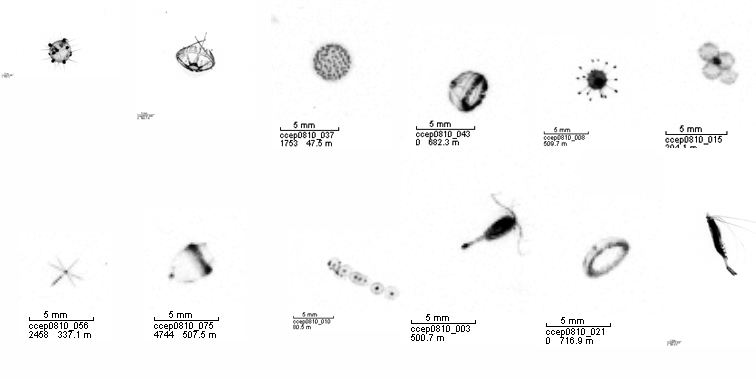
图像分析软件——EcoTaxa:
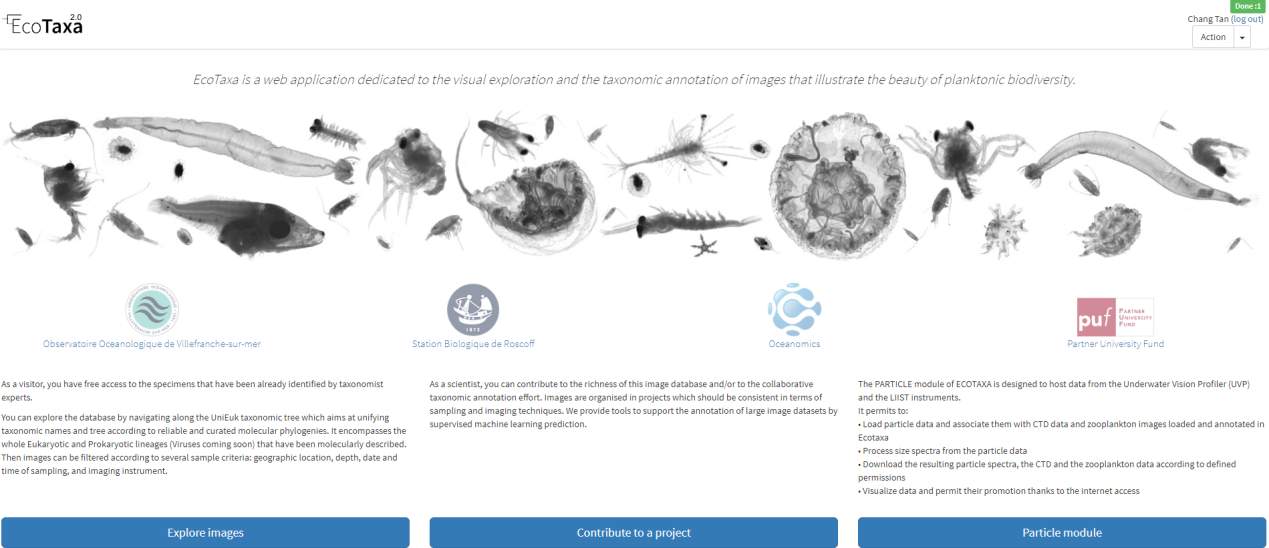
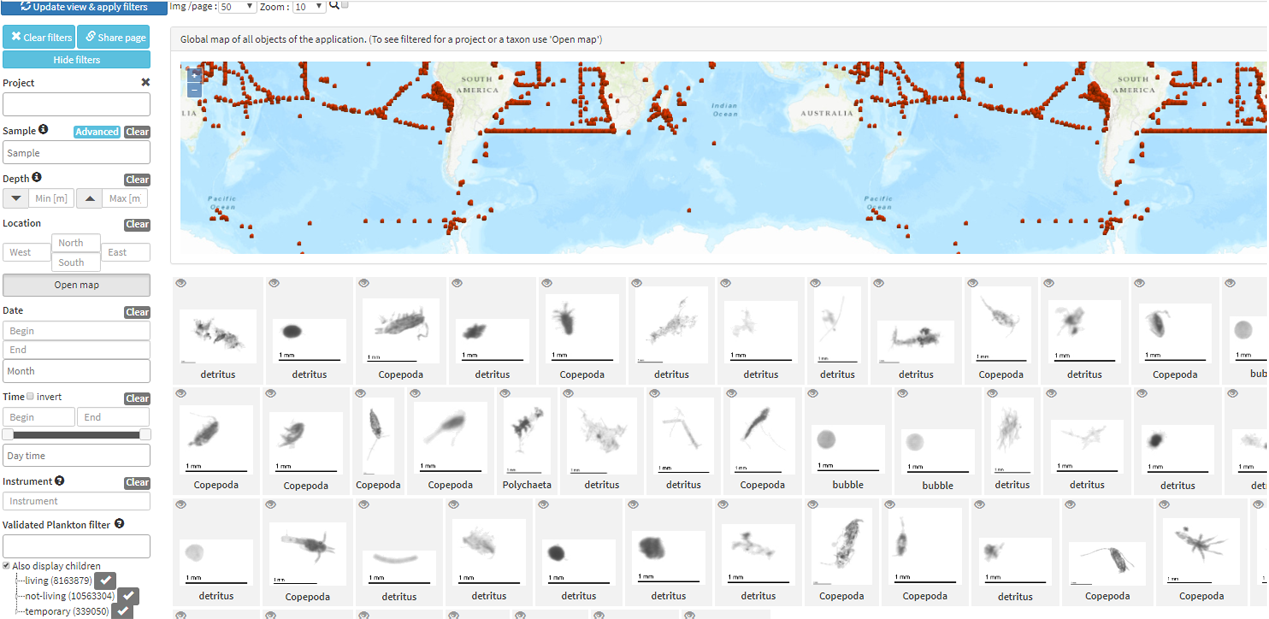
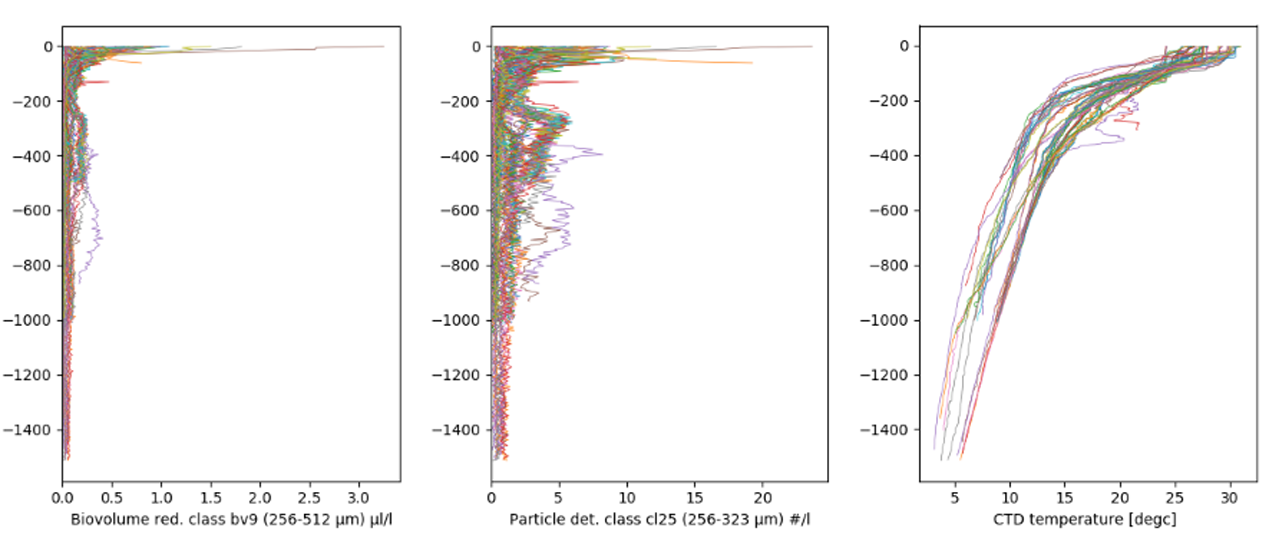
将UVP拍摄得到的图片进行处理后上传★到EcoTaxa网站,可以利用网站上已有的库或自己已创建的库对图片♀进行自动鉴定、分类。同时,也可以根据筛选条件绘制相应的粒径谱等。此外,用户也可以在网站上对自己感兴趣的区域、项目进行搜索浏览。
代表文献:
1.Guidi L, Chaffron S, Bittner L, et al. Plankton networks driving carbon export in the oligotrophic ocean[J]. Nature, 2016, 532(7600):465-470.
2.Picheral M, Guidi L, Stemmann L, et al. The Underwater Vision Profiler 5: An advanced instrument for high spatial resolution studies of particle size spectra and zooplankton[J]. Limnology & Oceanography Methods, 2010, 8(5):462-473.
3.Biard T, Stemmann L, Picheral M, et al. In situ imaging reveals the biomass of giant protists in the global ocean[J]. Nature, 2016, 532(7600):504-507.
4.Ohman M D, Powell J R, Picheral M, et al. Mesozooplankton and particulate matter responses to a deep-water frontal system in the southern California Current System[J]. Journal of Plankton Research, 2012, 34(9):815-827.
5.Forest A, Stemmann L, Picheral M, et al. Size distribution of particles and zooplankton across the shelf-basin system in southeast Beaufort Sea: combined results from an Underwater Vision Profiler and vertical net tows[J]. Biogeosciences, 2012, 9(4):1301-1320.






